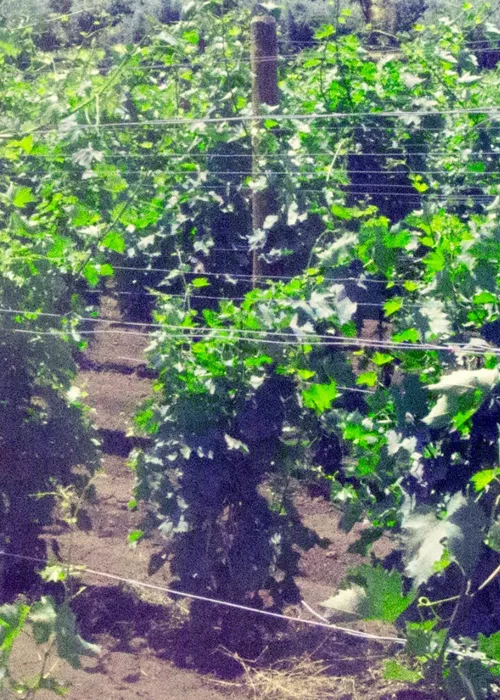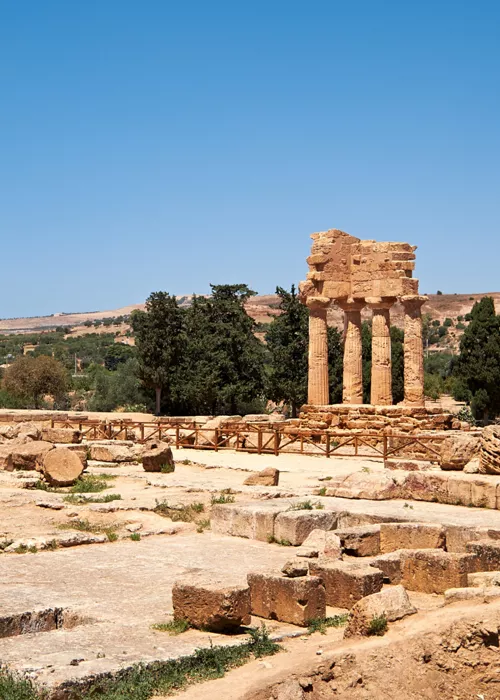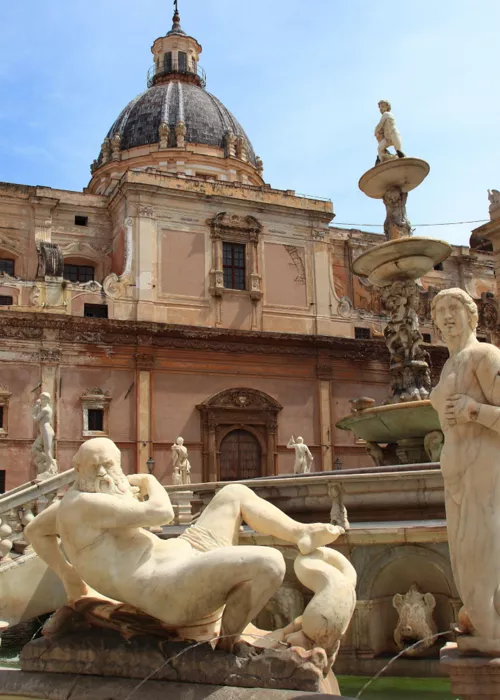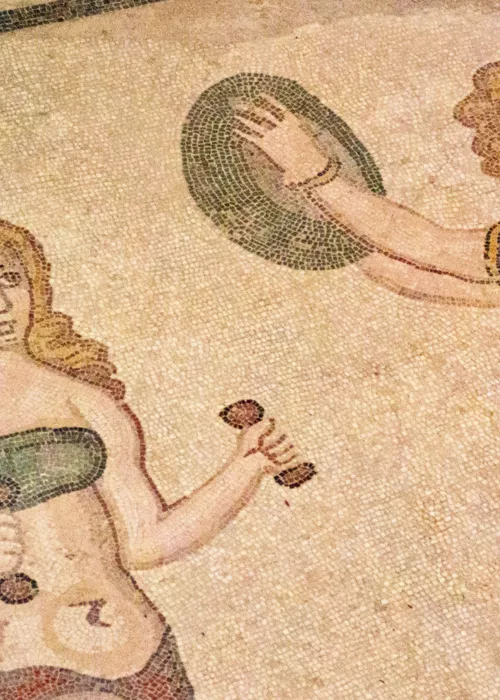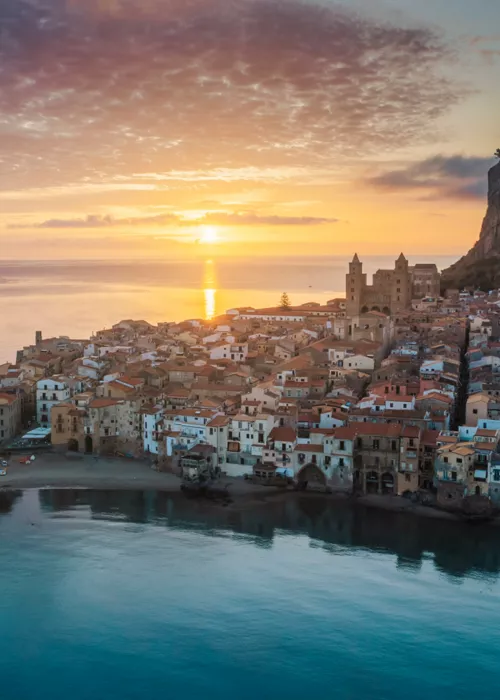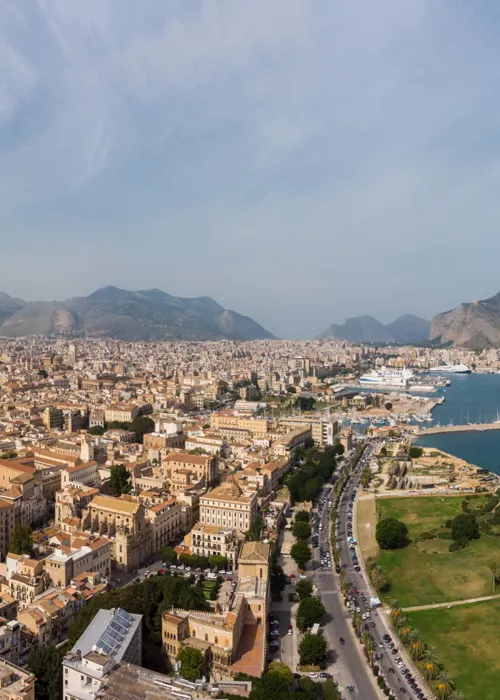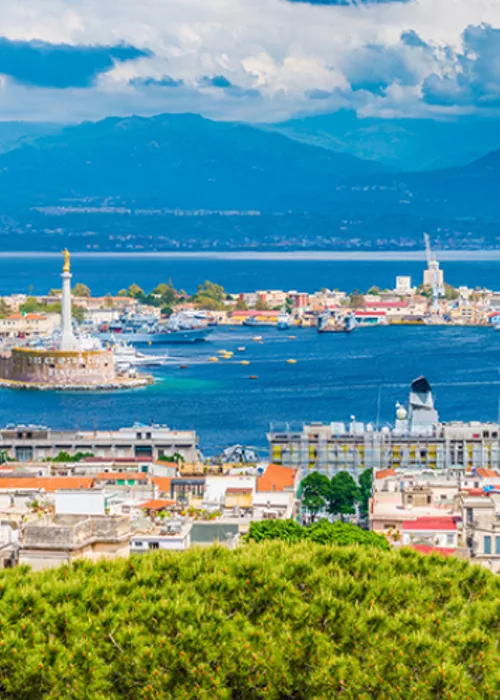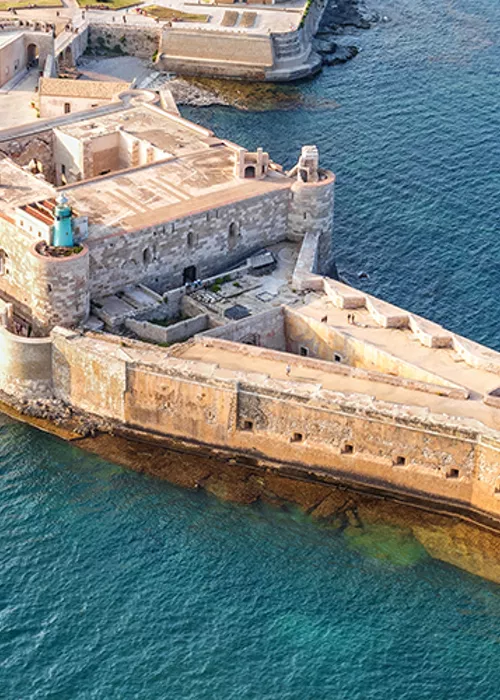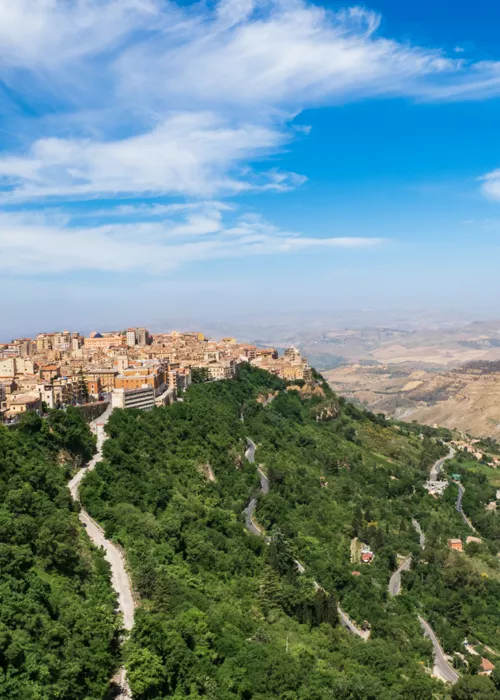From the tourist port of Licata to the Punta Bianca reserve

Sailing along the Route of the Gods you land at the Marina di Cala del Sole in Licata one of the most modern and welcoming tourist ports in the Mediterranean.
Licata is not just a stopover, but a stop full of attractions: from the long golden beaches to the hills dotted with Liberty villas, through a historical centre that preserves true architectural jewels.
To discover the essence of Licata, we recommend following the Liberty Itinerary, which starts from Piazza Attilio Regolo. Here, you can admire the Todaro-Agosta House, a refined work by the architect Antonino Re from 1926, and the customs house, designed by the same engineer in 1922.
The journey then continues towards Palma di Montechiaro, the famous “City of the Gattopardo” . Here, Giuseppe Tomasi di Lampedusa's novel comes to life among the streets and buildings of a village that seems to have stepped back in time, where every view recalls scenes from Luchino Visconti's famous film.
Not far away, a corner of unspoilt paradise awaits you: the Punta Bianca Nature Reserve. Here, a promontory of white limestone plunges into a crystalline sea, creating a landscape of extraordinary beauty. The reserve is an oasis of tranquillity, with an enchanting beach where time seems to stand still, offering moments of pure serenity and immersion in nature.
From Agrigento to Favara through the Valley of the Temples

The second day begins with the discovery of Agrigento, a city where the past still lives in the present. The historical heart of Agrigento lies on the suggestive Colle di Girgenti, a place that has seen the passing of time from the ancient Greek civilisations to the present day. This hill, once the site of the Akragas Acropolis, housed the temples of Athena and Zeus Atabyrios, just like the city of Rhodes, according to the Greek historian Polybius. Here, time seems to have stood still, allowing you to walk among the vestiges of a glorious past.
Continue on to the majestic Valley of the Temples, a UNESCO World Heritage Site, where you will be enchanted by the Doric temples dedicated to the gods of ancient Greece, still surprisingly well preserved. This sacred place has inspired poets, philosophers and artists over the centuries and has become one of the most emblematic archaeological parks in Sicily, together with the temples of Selinunte and Segesta.
If you have time, a few steps away from the valley, in Realmonte, you can visit the Scala dei Turchi, a famous cliff with white marl walls which create a breathtaking contrast with the blue of the sea. It is not only one of the most popular destinations for Italian and foreign tourists, but also a natural backdrop for many films.
Finally, just ten kilometres from Agrigento, we reach Favara, a place where tradition meets innovation. This town, with its narrow streets that climb the hill, leads to one of the most original attractions in Sicily: the Farm Cultural Park, a contemporary cultural centre that transforms Favara into an open-air creative laboratory.
From Naro to Butera visiting the Sulphur Mine Museum

Just 25 km from Agrigento is Naro, a city that underwent great architectural development during the Baroque period. The artistic testimonies preserved today make it one of the most fascinating cities on the island.
The itinerary continues with a visit to the Trabia-Tallarita Sulphur Mine Museum, in the centre of the gypsum-sulphur plateau of central-southern Sicily.
Located on the SS 190 road that links Riesi and Sommatino and crosses the Salso river, the museum tells the story of one of the most important mining areas in Italy. At its peak around 1920, Trabia-Tallarita was a major centre for sulphur mining, accounting for 12 per cent of world production. Imagine a bustling mining village, complete with a Carabinieri station, chapel, post office and workers' housing, where some 3,000 miners worked tirelessly underground.
Before returning to Licata, you must stop at Butera, perched on a rocky spur overlooking the Gela plain. Not far from the southern coast of Sicily, this town was an important stronghold of the island in the Middle Ages. Today, Butera continues to enchant with its historical heritage and panoramic views, offering a fascinating glimpse into Sicily's glorious past.







